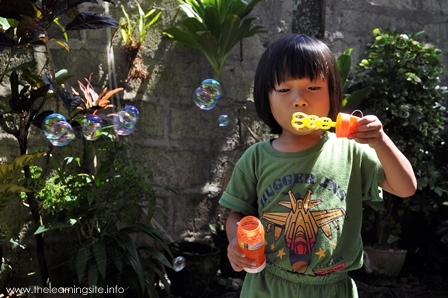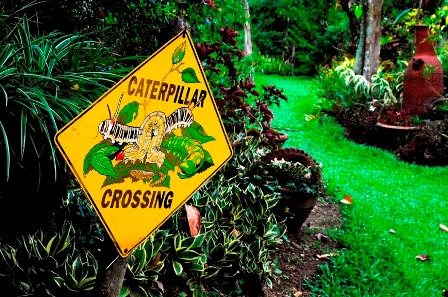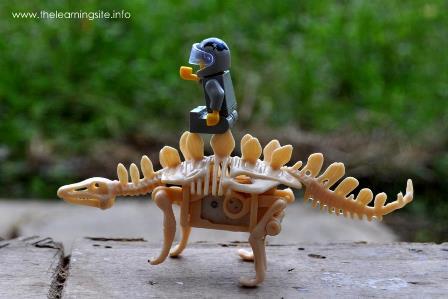
When kids are still younger, they do not usually care about their belongings. At that age, they still have no idea about the importance of each object. Toys for children are almost expected to scatter all over the house, but as they grow older, we need to teach them about the idea of orderliness. Although most of us think that following our kids’ mess is really no big deal, but this lesson teaches them about responsibility and accountability.
Where Do You Start
Designate a play area and time for your child to play in. This will keep their toys within the play area and will condition them to follow instructions. Show them what to do and where to keep their toys. When they have learned, supervise their playtime. Every time they forget about their toy, tell them to pick the toy up and keep it in the designated area.
Designated Play Area
Your play area needs something that you can keep the toys in. Have shelves installed if you have the extra cash, but if you don’t you can use large boxes that are about the same height as your kids so they can reach the toy easily. You can use a playpen to set the limit where the play area starts and ends. For older children, you can use a rug so any area within the rug is considered part of the play area.
Setting an Example
Taking care of toys for children always start with an example. Make your kids realize the worth of their toys and set good examples in keeping the toy in the right place. Take out the toys and then set them down in the storage space carefully so they will also follow the manner on how you set down the toy with care. Also, let them see how clean the storage is and how you handled the toy as you took it out and placed it back in.




